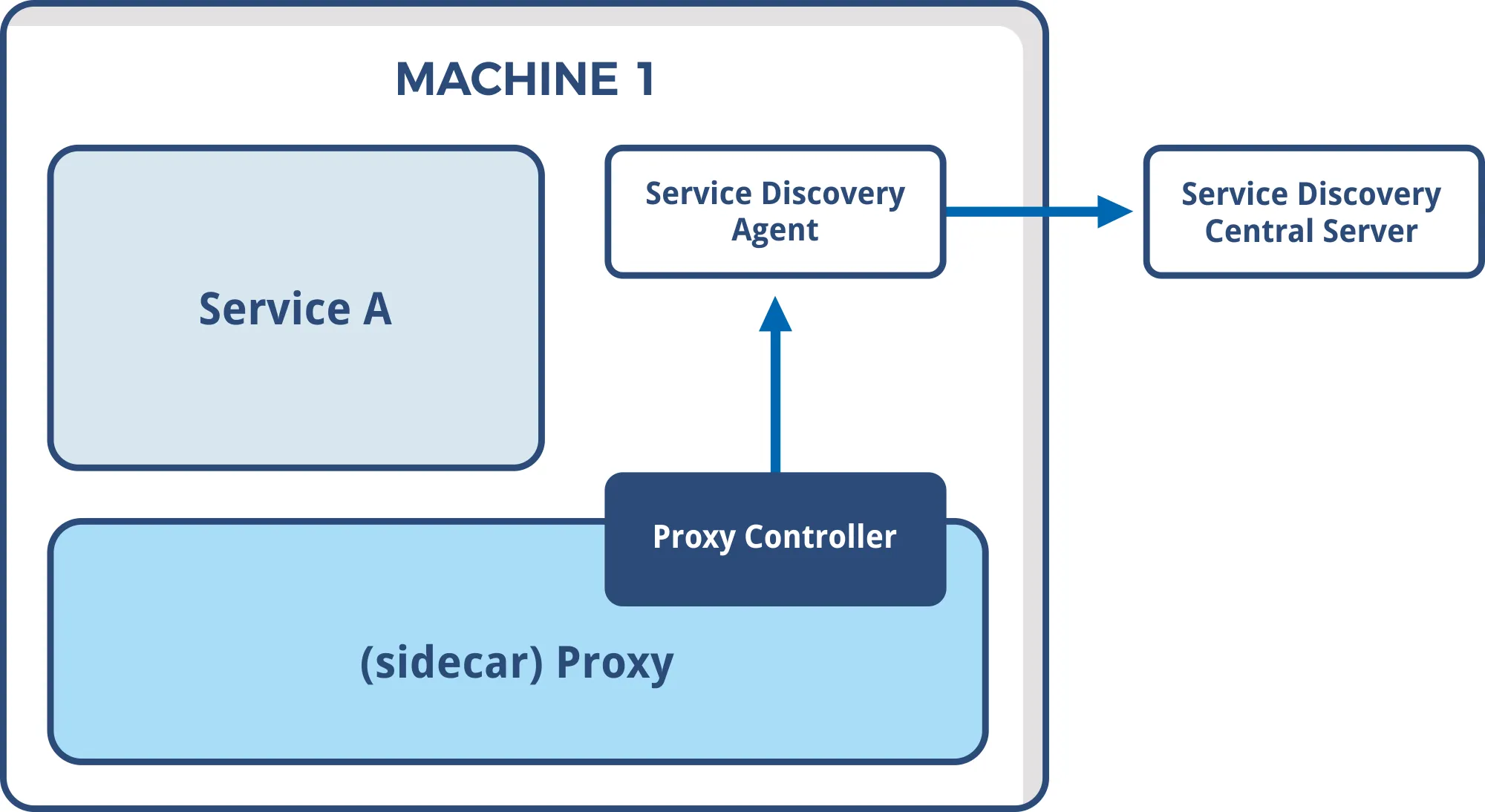When people talk about a proxy server (often called a “proxy”), more often than not they are referring to a forward proxy. Let me explain what this particular server does.
A forward proxy provides proxy services to a client or a group of clients. Often, these clients belong to a common internal network like the one shown below.
When one of these clients makes a connection attempt to that file transfer server on the Internet, its requests have to pass through the forward proxy first.
Depending on the forward proxy’s settings, a request can be allowed or denied. If allowed, then the request is forwarded to the firewall and then to the file transfer server. From the point of view of the file transfer server, it is the proxy server that issued the request, not the client. So when the server responds, it addresses its response to the proxy.
But then when the forward proxy receives the response, it recognizes it as a response to the request that went through earlier. And so it then sends that response to the client that made the request.
Because proxy servers can keep track of requests, responses, their sources and their destinations, different clients can send out various requests to different servers through the forward proxy and the proxy will intermediate for all of them. Again, some requests will be allowed, while some will be denied.
As you can see, the proxy can serve as a single point of access and control, making it easier for you to enforce authentication, SSL encryption or other security policies.
A forward proxy is typically used in tandem with a firewall to enhance an internal network’s security by controlling traffic originating from clients in the internal network that are directed at hosts on the Internet. Thus, from a security standpoint, a forward proxy is primarily aimed at enforcing security on client computers in your private network.
But then client computers aren’t always the only ones you find in your internal network. Sometimes, you also have servers. And when those servers have to provide services to external clients (for example, field staff who need to access files from your FTP server), a more appropriate solution would be a reverse proxy.
